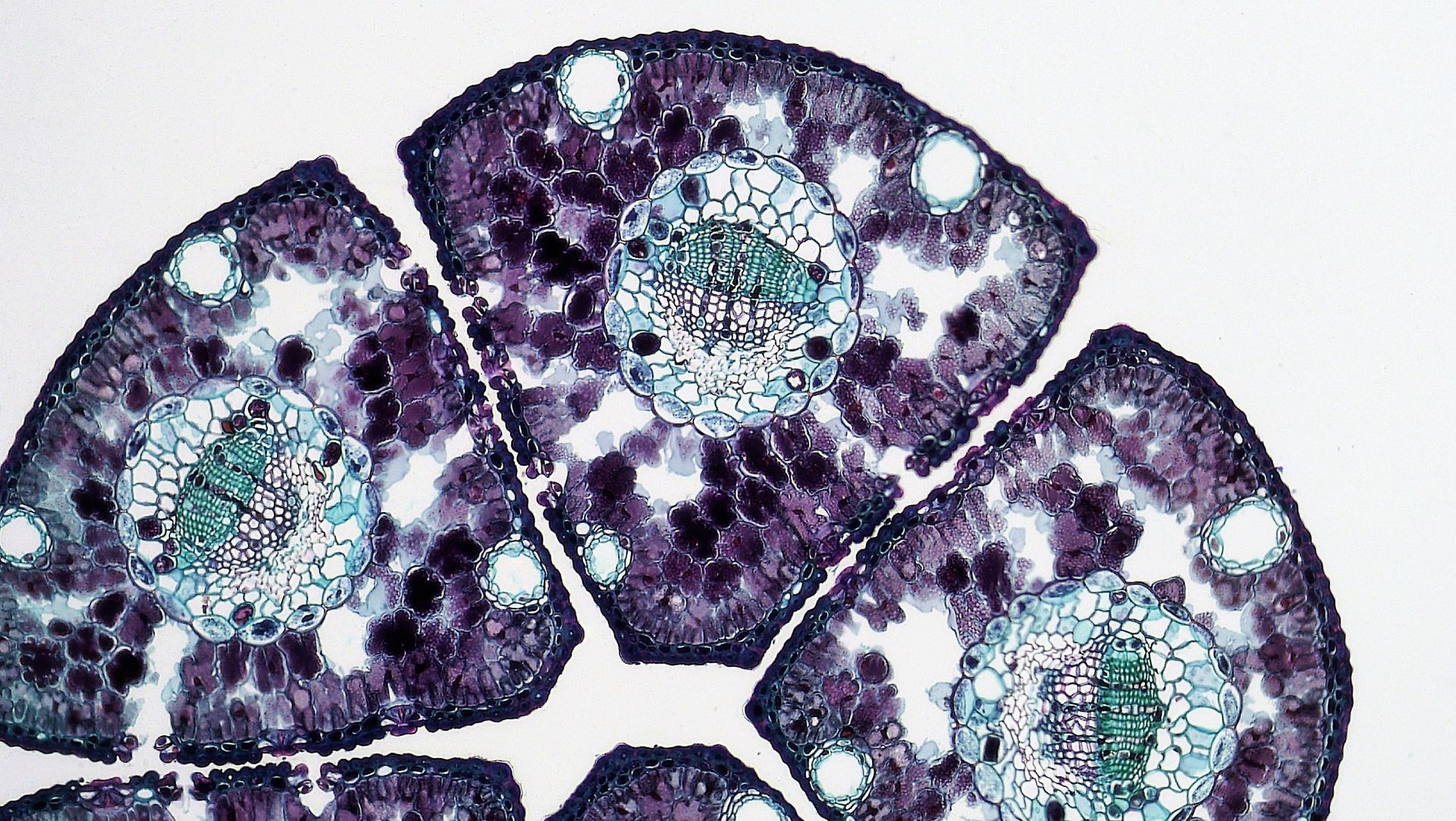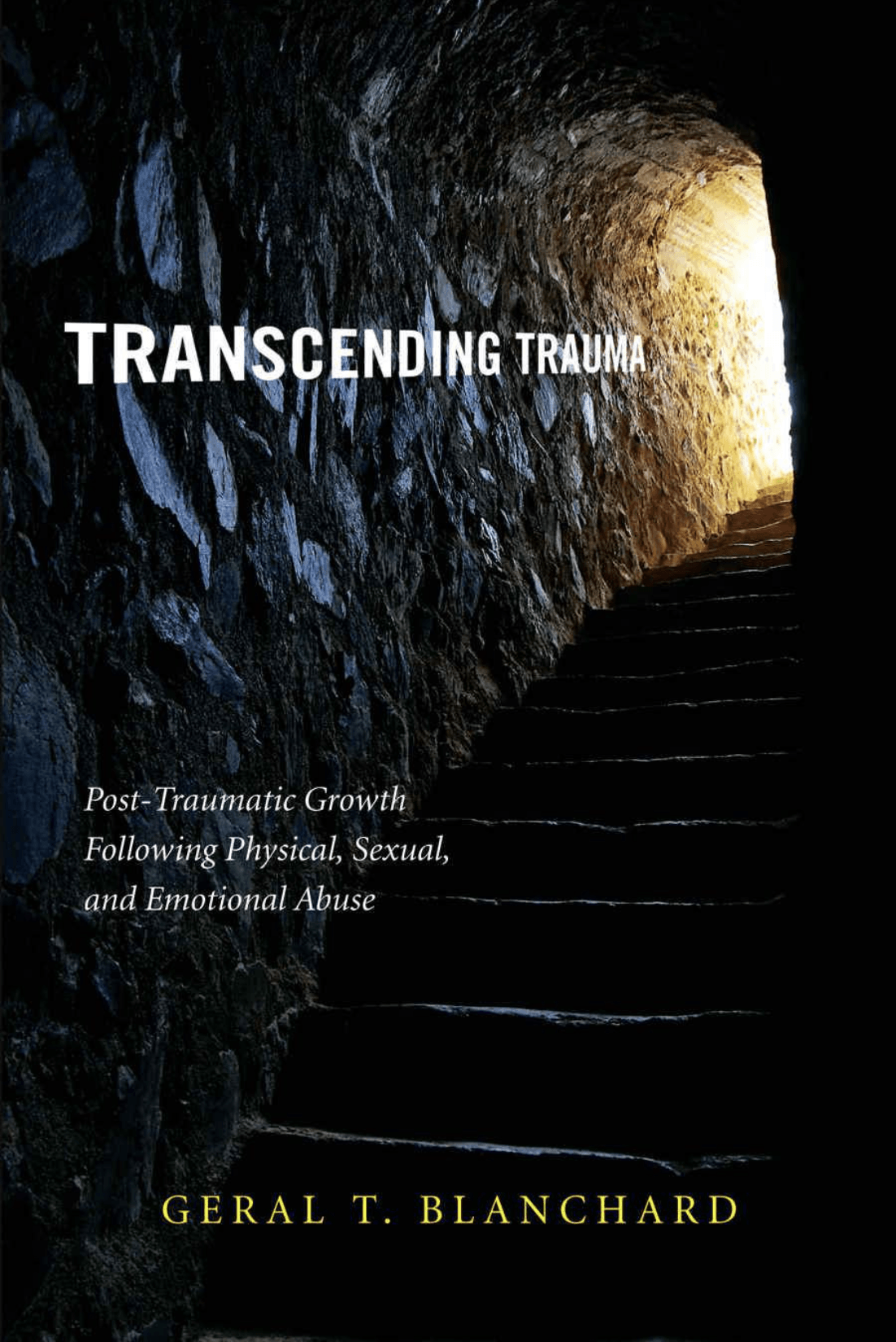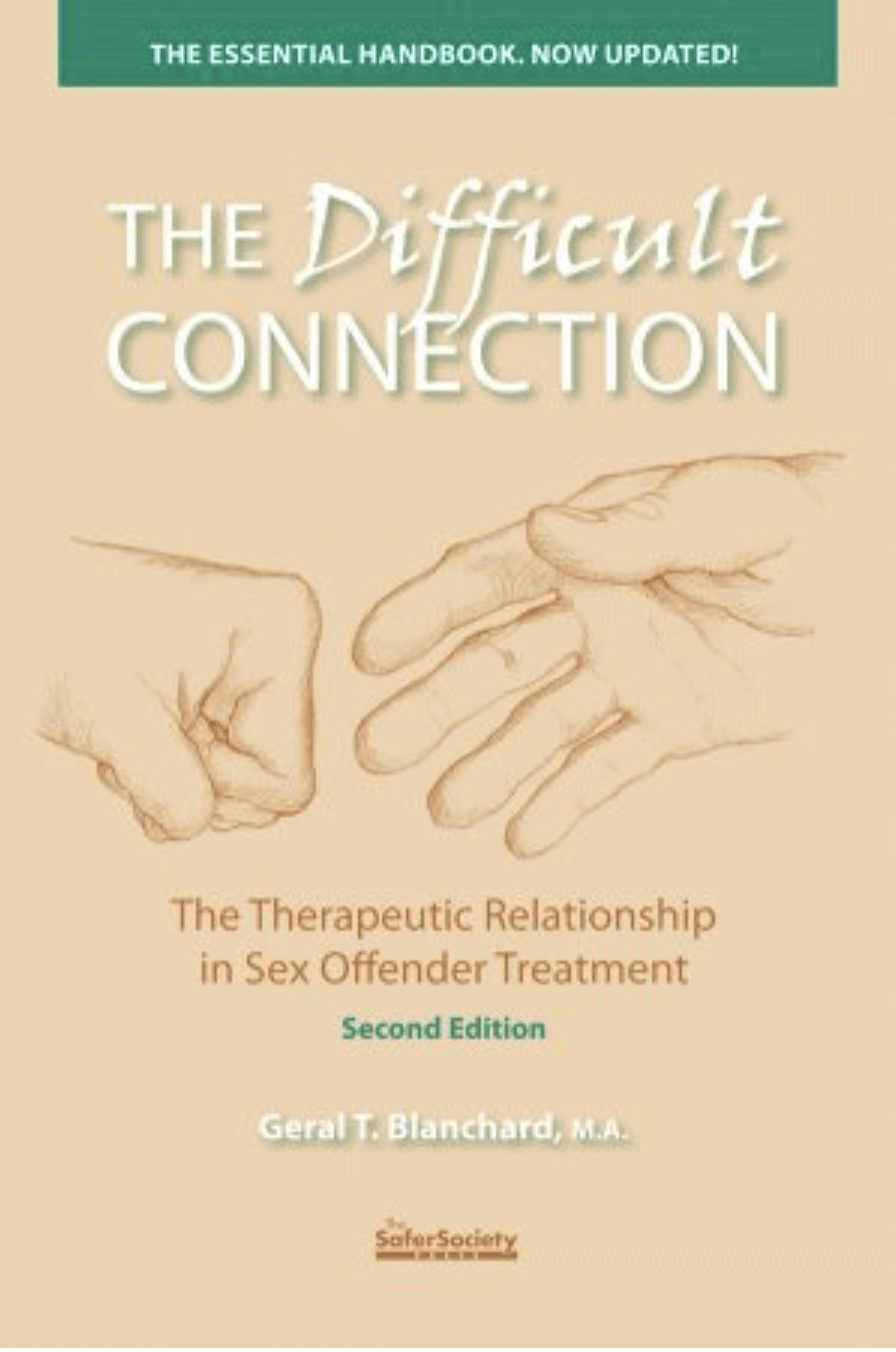Geral Blanchard, LPC, is a psychotherapist who is university trained in psychology and anthropology. Formerly of Wyoming and currently residing in Iowa, Geral travels the world in search of ancient secrets that can augment the art and science of healing. From Western neuroscience to Amazonian shamanism, he has developed an understanding of how to combine old and new healing strategies to optimize recovery, whether from psychological or physical maladies.
MDMA and Cognitive Elasticity
Prior articles have identified regions of the brain involved in the default mode network (DMN). You may recall that below the radar phenomenon is about what happens in the brain when we are thinking when we are not thinking.
Yes, I meant to say that. This is a “dark energy” process when indecorous and unseemly messages are recycled.
The DMN can be a rigid, almost stuck way of experiencing quiet moments – what is called downtime. When we are not busy being distracted by our gadgetry – in other words momentarily unable to avoid underlying emotional issues – we automatically mull over pesky worries and insecurities, much like being stuck in mental mud. This mostly unconscious process is like pushing the “play” and “recycle” buttons to repeatedly listen to “Gerry’s All Time Worst Ruminations” CD. We can even end up ruminating over our ruminating. Can it get any worse?
No wonder we get addicted to any technological or behavioral activity that will keep the DMN from turning on, anything to keep the focus outward, not inward. From this perspective we might think of the Internet as the world’s largest slot machine and the smartphone as the world’s smallest slot machine. These dopamine enhancing addictions, together with the DMN’s proclivity, result in rigid ways of addressing (or better said, not addressing) uncomfortable emotional content. Because we don’t want to know what the DMN thinks about us -- being so heavily laden with guilt, shame, and judgment -- we chose to place our focus almost anywhere else.
A responsive solution is to develop a more flexible mind. And there is much we can do to make ourselves more elastic thinkers. For some people MDMA , ayahuasca, LSD, and psilocybin, can help shift their underlying DMN from rigidity to elasticity – to become more open minded, to see the world and ourselves differently, more positively, more accurately.
What empathogens, plant medicines, and psychedelics can do is interfere with highly entrenched patterns of information flow following trauma.
What empathogens, plant medicines, and psychedelics can do is interfere with highly entrenched patterns of information flow following trauma.
With the chosen intention of seeing the world differently, while relaxing blindfolded in the dark over a lengthy period of time, devoid of any visual distractions in a quiet location close to Nature, and flooded with chemicals that have a softening and uplifting effect on mood, a medicine like MDMA can encourage more spacious and clear thinking. And that combination of set and setting enables more original ideas to percolate up to the conscious mind gently offering new solutions.
At the same time, the dominant analytical left hemisphere is quieted. It takes a nap while the right hemisphere becomes activated and is allowed to do its thing. Left brain thinking tends to cause us to defend and attack, to flee, to think categorically and with disgust. It narrows the range of possibilities, the remedies that can be applied to our emotional upset. Meanwhile, across the brain’s connecting corpus callosum, with the help of MDMA, the right brain comes online. And with it the ability to consider a wider range of thoughts and solutions than what we have become accustomed to. At the same time it allows us to open up to new ways of relating while entertaining alternate and more positive information about our life situation, including conclusions about traumas we may have endured and attempted to resolve with a limited range of options.
Sometimes language gets in the way of communication. Our left hemisphere has much to say to us believing it has our best interests in mind, usually coming in the form of binary cautions and warnings. But the right hemisphere, once it is MDMA activated, fosters more intuitive, balanced, and nuanced thinking, what many refer to as non-languaged knowings, something quite different than linear and analytical left-brain discourses. The insights come from deep within us, what is commonly referred to as our inner healing intelligence.
And here’s an interesting fact about the left brain’s negativity. Carried with it is a propensity for autonomic rejoinders. In other words, instant, reflexive, and unthinking emotionally fearful reactions to events and people. Good moods, in contrast, don’t come with such a narrow range of automatic reactions. Instead, they encourage a wider range of possibilities. They inspire different relational patterns. In other words, elasticity in our thinking.
Just like negative reactions create a vicious cycle of stuck behaviors, the emergence of positive elastic thinking can be kind of addictive too because it is such a pleasant alternative. Studies show that successfully activating increased cognitive flexibility with its attendant positive moods results in a virtuous cycle in which a better mood and more creative problem-solving reinforce each another. And additional research shows that some MDMA recipients actually experience a shift in their DMN; it develops far more peaceful overtones without a dangerous naivete.
Leonard Mlodinow had this to say in a book on flexible thinking called Elastic: “I hope I have changed the way you think about thinking.”
That is my hope too in what I have written.
Other Topics
Basics of MDMA
Rituals and Ceremony
Brain and MDMA
Trauma
Heart
Energy Movement
Quantum Physics
Native Cosmologies
Nature
Spirituality/Enlightenment
Kogi Tribe
Books written by Geral T. Blanchard
More Articles



















